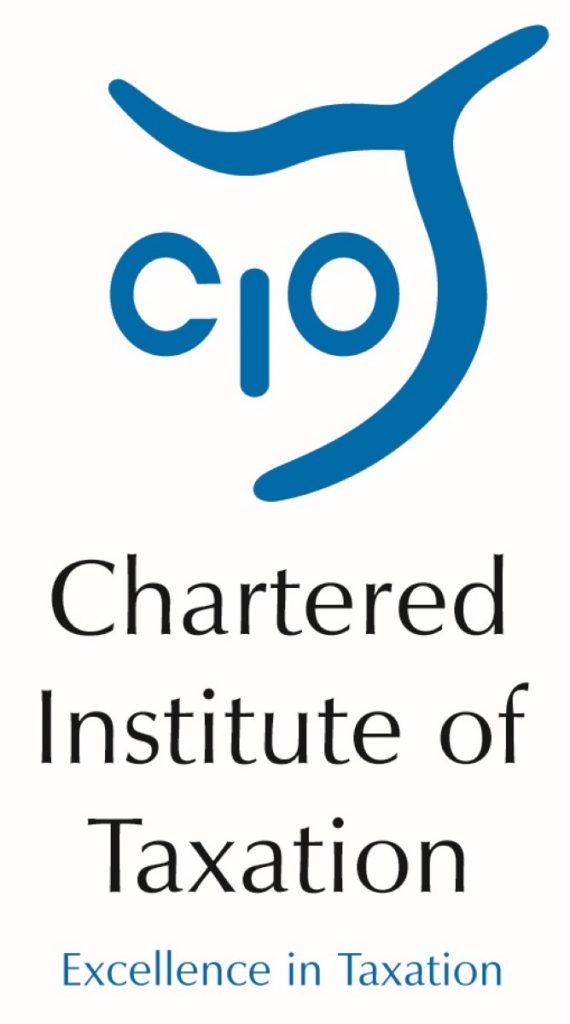The Low Incomes Tax Reform Group (LITRG) has welcomed the Autumn Statement announcement that HMRC will make in-year award adjustments so that higher disability rates of the child element of Child Tax Credit (CTC) will be paid to those who are currently eligible but not receiving their entitlement.
This follows a three year period when HMRC could not automatically update these awards1. The result is that around 28,000 families are currently not receiving the higher level of CTC that they could be entitled to because of their child’s disability.
Robin Williamson, LITRG Technical Director, said:
“We welcome the announcement that HMRC will ensure claimants who have missed out on child disability payments will receive them in future and will have the payments backdated to 6 April 2016 which is longer than the one month backdating they would normally be entitled to.
“The amounts payable for disabled and severely disabled children within child tax credit are significant and it is concerning that such a large number of people have missed out on claiming these payments potentially for a number of years. It is important that HMRC work closely with DWP to ensure that the data-feed works in future so this situation does not happen again.
“Although the claimant has a legal obligation to report changes to their circumstances, we often encounter claimants who quite reasonably assume that this kind of information is shared within and between Government departments. This is certainly happening more frequently and means there is a confusing landscape for claimants and a mismatch between the legal framework and the operational practice.
“We recommend that both HMRC and DWP urgently review their communication products to understand why claimants have not informed HMRC about the award of their child’s disability benefit especially when it often leads to an increase in the amount of tax credits received.
“We also urge claimants to carefully check any letters received from DWP and HMRC, to take any necessary actions and also to ensure that they report changes to their circumstances to HMRC. As well as avoiding potential overpayments, this will mean they will not miss out on the possibility of increased tax credits.”
Notes to editors
1. Child tax credit (CTC) is paid to people who are responsible for a child or qualifying young person. A higher rate of the child element of CTC is paid to families who are responsible for a disabled child or young person. The most common way to qualify for these higher payments is through receipt of a disability benefit such as disability living allowance or personal independence payment.
Although it is the claimant’s responsibility to tell HMRC that they receive a disability benefit for their child, HMRC have historically received information directly from the Department for Work and Pensions about these disability benefits. This has allowed HMRC to update the tax credits award automatically with the extra child disability amounts, even where claimants have not directly notified them about the benefit.
There was a gap in the data-feed between DWP and HMRC during 2011-14 which meant that HMRC could not automatically update awards. As a result around 28,000 families in 2016-17 are not receiving the higher level of CTC that they could be entitled to because of their child’s disability.
The Autumn Statement announcement confirms that, where the qualifying disability benefit is being paid by DWP, HMRC will award the extra child disability elements from 6 April 2016 without claimants needing to contact them.
2. Child tax credit is made up of various elements including the child element which is paid for each child or qualifying young person that the claimant is responsible for. The child element is payable at three rates – standard rate, disabled child rate or severely disabled child rate.
The disabled child rate is payable if:
· disability living allowance, personal independence payment or Armed Forces Independence Payment (AFIP) is payable for the child or is normally payable but has ceased because they are a patient in hospital; or
· they are certified as severely sight impaired or blind by a consultant ophthalmologist, or has ceased to be registered or certified blind within 28 weeks immediately preceding the date of claim
The severely disabled child rate is payable if:
· the highest rate care component of disability living allowance or the enhanced daily living component of personal independence payment or any component of armed forces independence payment is payable for them or would be payable but for suspension or abatement due to hospitalisation
3. Low Incomes Tax Reform Group
The LITRG is an initiative of the Chartered Institute of Taxation (CIOT) to give a voice to the unrepresented. Since 1998 LITRG has been working to improve the policy and processes of the tax, tax credits and associated welfare systems for the benefit of those on low incomes.
The CIOT is the leading professional body in the United Kingdom concerned solely with taxation. The CIOT is an educational charity, promoting education and study of the administration and practice of taxation. One of our key aims is to work for a better, more efficient, tax system for all affected by it – taxpayers, their advisers and the authorities. The CIOT’s work covers all aspects of taxation, including direct and indirect taxes and duties. The CIOT’s 17,600 members have the practising title of ‘Chartered Tax Adviser’ and the designatory letters ‘CTA’, to represent the leading tax qualification.
Contact: George Crozier, Head of External Relations (gcrozier@tax.org.uk; 0207 340 0569 or 07740 477 374)





-01.png)